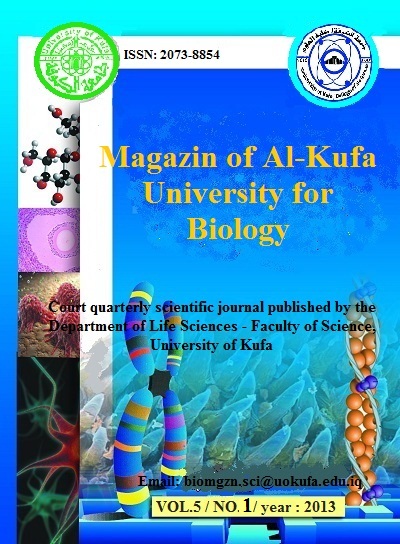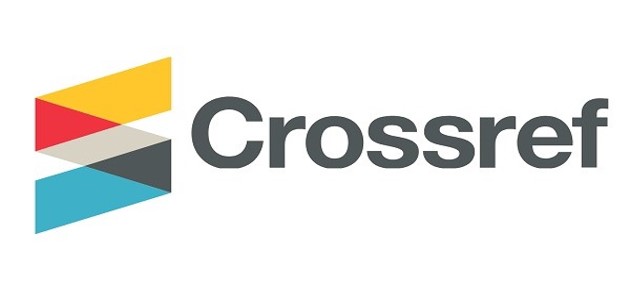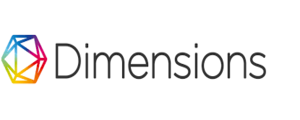Receiver operator characteristics and diagnostic value of CA-125, progesterone, estradiol and β-hCG in the prediction of ectopic and abortive intrauterine gestations
Abstract
Objective: The study was designed to investigate the predictive value of CA-125, progesterone, estradiol and β-hCG in the diagnosis of ectopic pregnancy (EP) and inevitable miscarriage. Methods: Forty women with EP, 17 with intrauterine (IU) abortive gestation and 24 regular pregnant women (controls) were studied. : Serum levels of CA-125, progesterone, estradiol and ß-HCG were measured by Enzyme Linked Immuno Sorbent Assay (ELISA) techniques in 40 symptomatic women with ectopic pregnancy, 17 with intrauterine (IU) abortive gestation and 24 regular pregnant women (controls) during gestational age between (4-12) weeks at Al-Kadhmiya Teaching Hospital, Baghdad, Iraq, between November 2010 and June 2011. Results: Women with EP had significantly lower CA-125, progesterone, estradiol and ß-HCG concentrations, compared to both women with IU abortive pregnancy and controls. When using CA-125 concentration of 25.5 U/ml as a threshold for the diagnosis of ectopic pregnancy, sensitivity was 75.7%, specificity 100%, the positive predictive value was 100% and the negative predictive value 71.4%. When using a progesterone concentration of 5 ng/ml as a cut-point for the diagnosis of EP, sensitivity, specificity, positive andnegative predictive values were 86.8%, 100%, 100%, 80%, respectively. Conclusion: These results by using ROC curves. The measurement of CA-125 and progesterone levels is useful in discriminating ectopic and intrauterine abortive from normal gestations.
Key words: Cancer Antigen -125(CA-125), Progesterone, Beta subunit of Human Chorionic Gonadotropin (ßHCG), Estradiol, Ectopic pregnancy, Normal intrauterine pregnancy
Downloads
Downloads
Published
How to Cite
Issue
Section
License
Copyright (c) 2013 Mena M. Abdul-Hussein, Omar F. Abdul-Rasheed, Hala Abdul Qadir Al-Moayed

This work is licensed under a Creative Commons Attribution 4.0 International License.
which allows users to copy, create extracts, abstracts, and new works from the Article, alter and revise the Article, and make commercial use of the Article (including reuse and/or resale of the Article by commercial entities), provided the user gives appropriate credit (with a link to the formal publication through the relevant DOI), provides a link to the license, indicates if changes were made and the licensor is not represented as endorsing the use made of the work.












